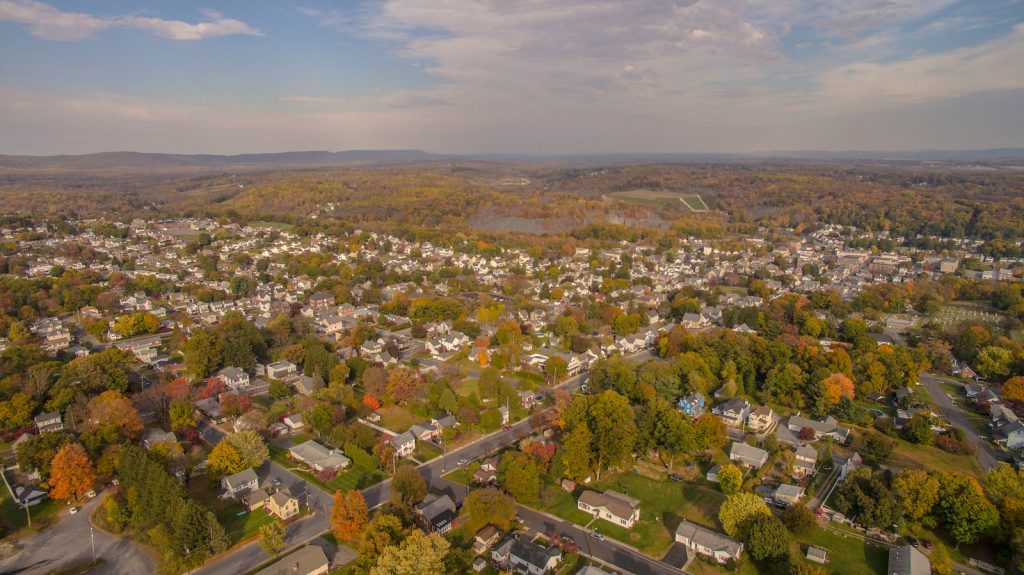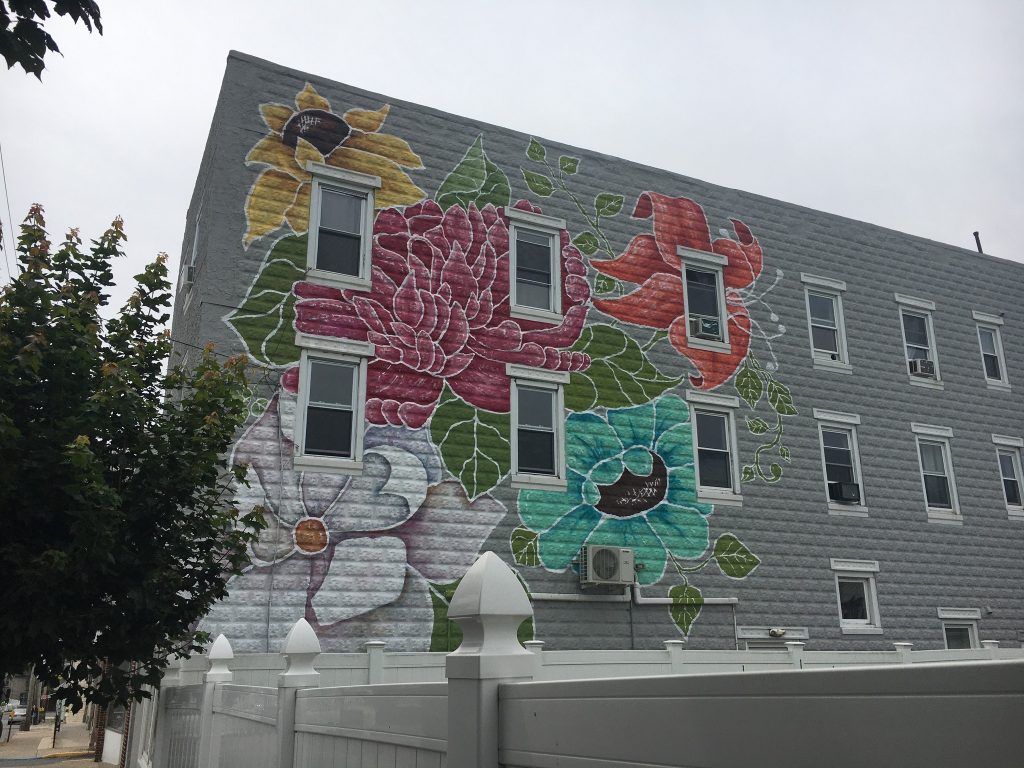There’s a 22-square-mile area in northeastern Lehigh Valley that was once the greatest slate-producing region in the world. But as storied as its history may be, its best days are still ahead.
Nestled just south of Blue Mountain between the Delaware and Lehigh Rivers, quarries first opened there in the 1830s. The slate was of such superior quality that by the early 20th century, this area accounted for half the slate produced in the United States and was the largest slate-producing region in the entire world.
This area, appropriately known as “The Slate Belt,” includes the boroughs of Wind Gap, Pen Argyl, Bangor, and Portland, as well as other surrounding Northampton County municipalities. The quarries have long since closed, but the shared heritage and traditions, as well as the natural beauty of the Slate Belt, are still alive and well more than a century later.
“The Slate Belt is bound together through its common heritage and shared past, and a pride among its people in where they came from,” said Vincent Behe. “I think what makes the Slate Belt special is an ethos of hard work, a small town and community feel, and the knowledge that they’re all bound together as we move into the future.”

Behe is the director of Slate Belt Rising, a neighborhood revitalization initiative that seeks to leverage the unique history, architecture, and culture of the Slate Belt municipalities into a regional approach to foster comprehensive community and economic development in the area, and lift the overall quality of life for the region.
“I think this is a really important time of change and transition for the Slate Belt, and that’s really exciting,” said Behe, who became the director of Slate Belt Rising this year after having spent two years as planner for the program. “There are questions of identity and who we are going to be in future, and how we can improve the lives of the residents while still keeping the history, the heritage, and the rural character that makes the Slate Belt special.”
For the last six years, Slate Belt Rising has helped support such efforts as facade improvements, youth development activities, streetscaping, small business support, signage projects, community events, branding campaigns, and much more.
The organization helped transform facades on Slate Belt buildings, and support the creation of beautiful murals by local artists. It ran a scholarship program that provided $500 to students from each of the high schools to attend a school of their choice after graduation. It obtained a grant to rebuild a fence for the local softball team. And these are just a few examples.

Looking ahead, Slate Belt Rising is seeking new ways to increase community engagement and get the boroughs and individual residents involved to collaborate and take a regional approach to developing new goals and strategies for the betterment of the area.
“The Lehigh Valley and the Slate Belt have always placed as strong emphasis on regionalism, which I think has been the key to our success and growth over the past decades,” said Andrew Kleiner, Director of Regional Partnerships for the Lehigh Valley Economic Development Corporation, and a member of the Slate Belt Rising steering committee. “By working together, we are stronger, more effective, and bring out the best in each of us.”
Slate Belt Rising is currently finalizing a new six-year plan that will guide the organization through 2028. While preserving many of the programs that have proven successful and popular with the area’s residents, the new plan will particularly focus on such areas as quality affordable housing, creating a vibrant economic climate, regional cooperation and community engagement.
Slate Belt Rising is a program of the Community Action Lehigh Valley, an anti-poverty nonprofit organization that seeks to improve quality of life by building a community in which all people have access to economic opportunity, the ability to pursue that opportunity, and a voice in the decisions that affect their lives.
“We currently have the opportunity to leverage six years of data from Slate Belt Rising that we didn’t have previously when we were just starting out, to ask ourselves, ‘OK, what about the last plan and our approach to addressing community problems was good, and what can be improved upon,” Behe said. “From my perspective, one of the things I would like to emphasize even more over the course of the next six years is creating partnerships.”
Visit the Slate Belt Rising website to learn more about the organization and the Slate Belt community in general.
